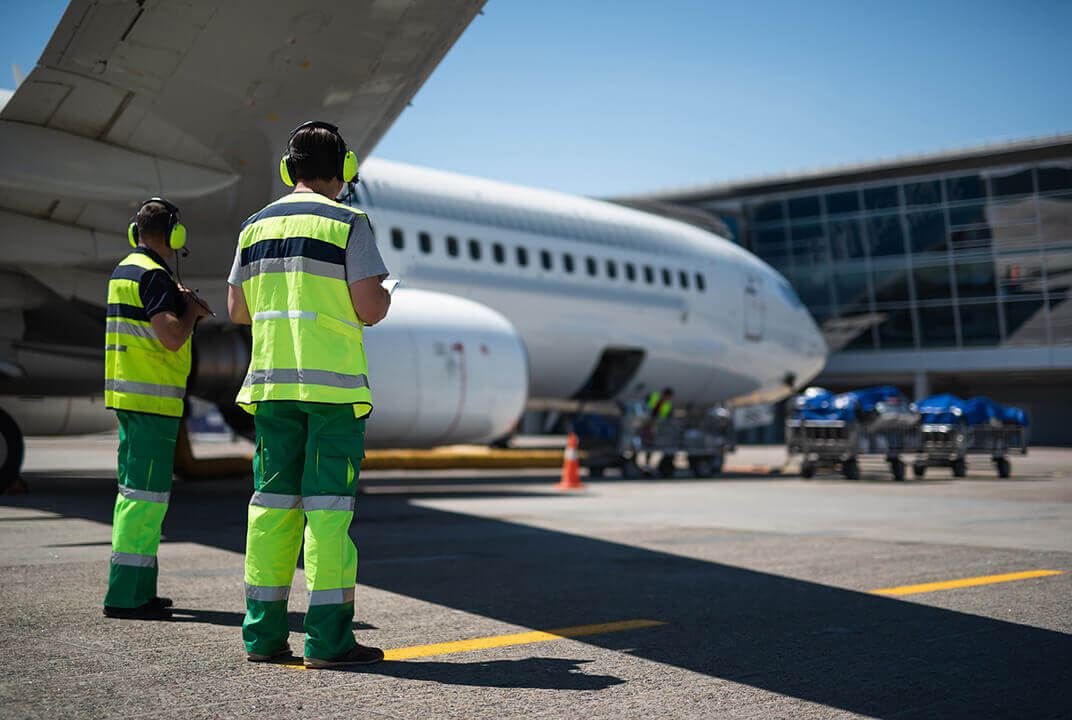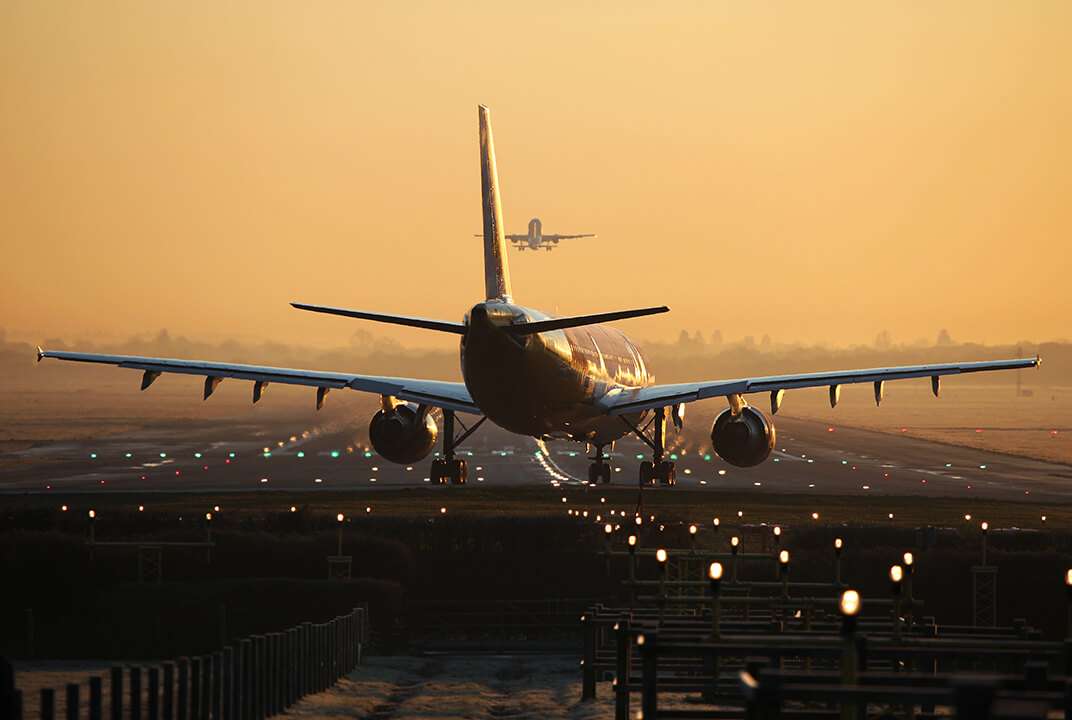The quest for aviation sustainability
The possibilities of the connected flight deck are continually being discovered. From cost savings to reducing environmental impact, the implications are huge.
Maximising operational efficiencies has the potential to be a real game-changer for aviation. Particularly over the coming years, when airlines will need to be more commercially and operationally nimble to remain competitive. And capitalising on these efficiencies – with savings estimated to be considerable – depends upon utilising digital transformation and the power of connectivity.
From optimising flight planning and reducing fuel burn to minimising risk and avoiding unscheduled maintenance, a connected operational network, including a connected aircraft, will make aviation safer, less expensive, more efficient and ultimately more sustainable.
A strategic opportunity to embrace the connected aircraft
With our newest offering for the flight deck – the ground-breaking SB-S service – we offer airlines the chance to be the first to realise the operational and commercial benefits of newly digitalised air traffic management (ATM) infrastructure.
SB-S is the first and only global, secure, IP connection for operations and safety communications, delivering incomparable amounts of protected data everywhere airlines fly. Offering up to 1.7mbps of safety-certified IP-connectivity, it’s the complete platform for digitalised operations.
With SB-S, the electronic flight bag (EFB) becomes the heart of the operationally optimised flight deck. SB-S brings live, in-air updates to the EFB, transforming it into a platform for applications that deliver valuable real-time insight to guide decision-making and drive efficiencies. And our Aviation Commercial Application Provider (CAP) programme is a uniquely open platform that lets developers bring their innovative EFB applications directly to airlines using the SB-S service.
Airlines now have an opportunity to embrace the operational savings that digitalisation delivers. In an environment where every airline has to be mindful of costs, our services can unlock a suite of operational benefits.
Exploiting the massive amount of real-time data a connected aircraft provides will give airlines a boost when it comes to planning in the ‘new normal’. As the industry pivots towards a greener, more sustainable future – as witnessed in the green stipulations attached to some government airline bailouts – modernising flight operations via digitalisation is one crucial way of achieving this.
Related services
Digital connectivity drives cost savings
The London School of Economics (LSE)’s insightful Sky High Economics report highlights how connectivity has the potential to transform airline operations, and with it, bring a host of savings. Most notably, the connected aircraft, enabled by satellite communications, has the potential to save airlines around $15 billion annually in operational efficiencies by 2035. Key findings include:
- An IP-enabled aircraft offers greater efficiency. The rich data it produces can mitigate against inefficient flight routes
- Optimised flight planning and other IFC-enabled efficiencies have an estimated 2-3% fuel savings yield
- Fuel burn efficiencies made possible by connectivity will help to meet the industry target of cutting CO2 emissions of 50% by 2050. Experts believe the consolidated annual benefit of operational connectivity could be around 2.5% to 5% of current fuel consumption
- Crew scheduling accounts for 3% of flight delays. Satcom-connected virtual crew rooms could cut lateness by half
- Improved telemedicine technology will help reduce the need for emergency diversions
- The transmission of live data from the aircraft can enable predictive maintenance, reducing aircraft on the ground (AOG) time
Combined, all of these benefits add up to a 1% reduction in the operational costs of airline operations globally.
The continued importance of sustainability
The possibilities offered by the digitalisation of ATM are significant. Current ATM infrastructure makes airlines 23% less fuel efficient. Connectivity can safely bring planes closer together – in some cases tripling the number of aircraft together in the same airspace – reducing delays and enabling a more efficient service.
Powered by SB-S, our Iris programme, in partnership with the European Space Agency (ESA), is a satellite-based data link solution that brings secure, high bandwidth data link communications over Europe. Iris enables ‘4D’ trajectories, pinpointing aircraft in four dimensions: latitude, longitude, altitude and time. This allows precise tracking of flights and more efficient management of traffic.
With Iris, pilots and controllers are able to collaborate on flight trajectories and calculate the shortest available routes, cruise at optimum altitudes, and use continuous climb and descent pathways to reduce delays, save fuel and address environmental factors.
The environmental benefits Iris brings are perhaps the most important. Iris is an integral component in advancing the European Green Deal, which includes the SESAR goal of 10% CO2 reduction by 2035 through reducing fuel burn. In addition, Iris will help meet the ambitions of the Carbon Offsetting Reduction Scheme for International Aviation (CORSIA), which sets out a global system for capping net carbon emissions for the international aviation industry at 2020 levels by offsetting any additional emissions.
Passenger experience
The benefits of connected operations are also an important boon for passengers. Less delays, enhanced green credentials and safer flights make it a win-win for flyers too.

